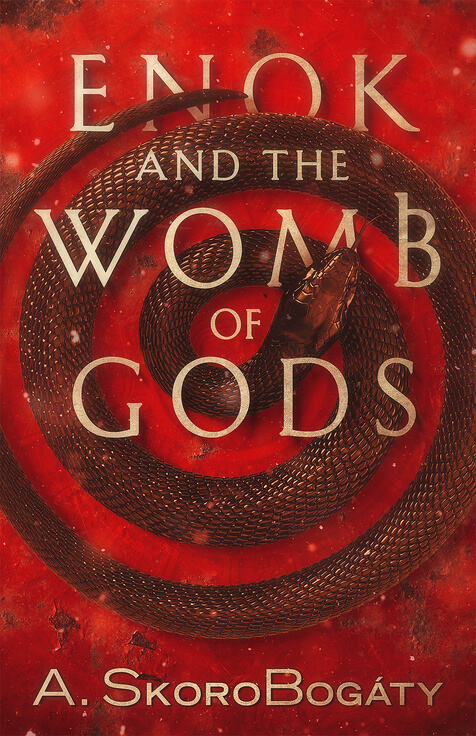
This epic fantasy explores politics, power, and belief in an ancient world, with added touches of mythology and fantasy expected in a story inspired by Old Testament verses and characters, as Enok battles from his life as a slave to a fighter, facing barbarians, pagan cults, and imprisonment. With a poetic touch to the fable-like writing that succeeds in convincing the reader the work could be written in Enok’s time, the author has mastered an epic, dreamlike universe for this pre-Biblical tale that explores some of the more sinister and dark themes of a pre-antediluvian world.
At the beginning of the book, those readers who love an intriguing key in their fantasy reads will be in for a treat. An intricate series of notes instructing on how to read the book presents a series of codes and symbols to follow, depending on how you like to serve up your adventures, as well as a clever guide to the dialogue and how it sounds. While some might find these notes offputting, or overwhelming, hardcore sci-fi/fantasy fans will fall easily into this immersive world. Whatever feelings a reader has about these notes, they must be applauded, as they are so beautifully put together.
At times the vastness required in such a bildungsroman is felt in the burgeoning list of imagined characters required in such an undertaking, leaving the reader breathless and trying to catch up with the story, especially when so much action is missing, replaced with muscle movement and an overuse of “thoughts in italics” that is used so widely by many fantasy writers today, as well as a few basic habits that a developmental edit would improve, such as the constant use of the ellipsis in speech. A narrator should umpire these characters and rein in dialogue, with more showing not telling for events, ensuring each plot point is firmed up before moving on, and this is not always the case here.
However, the book is immensely satisfying in its endeavor to put a spotlight on such intriguing mythical beings that are mentioned so lightly in the Bible as the Nephilim, The Watchers, and the Serpent of Eden, and for this, much of the less accomplished storytelling can be forgiven. Importantly, this is not a Biblical story, and not a religious tome. The author lifts events from the Bible and runs with them into imagining the past, and for this, the work should be seen as an innovative secular take on the Bible’s early writings as myth and legend. SkoroBogáty has ingeniously added interesting and realistic footnotes scattered throughout, adding an element of world-building that mimics an antiquity scholar’s notes written after the document was found.
This book will probably divide audiences attracted to this book for its connotations to Christianity and God, but those who are ready for the book’s themes will be thrilled, and will no doubt be clamoring for the second installment of this unique and thoughtfully conceived saga.
Available At

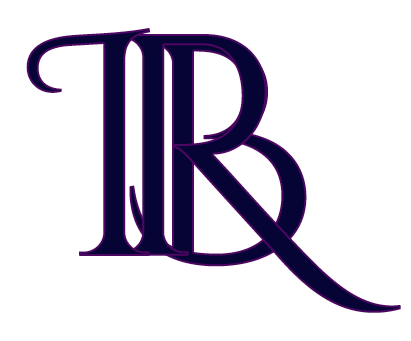




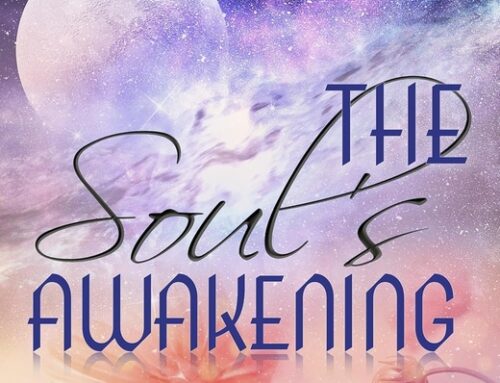
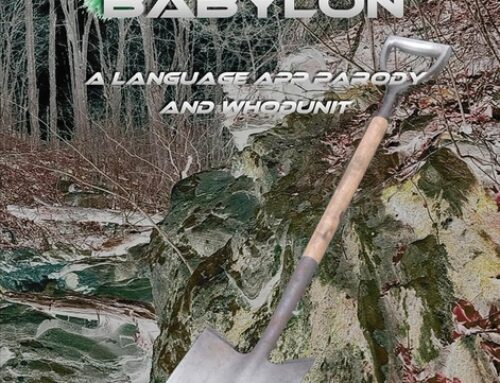



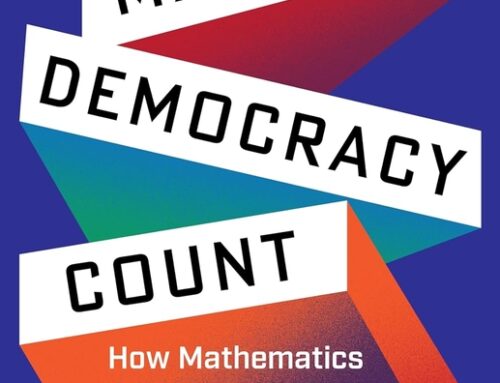
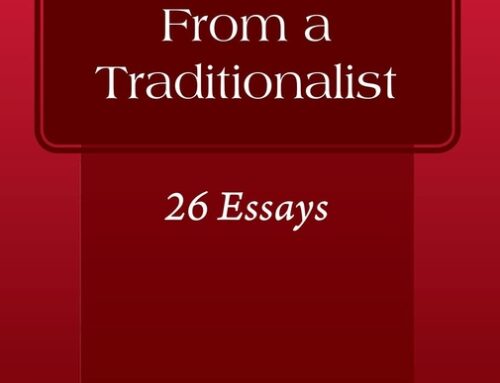

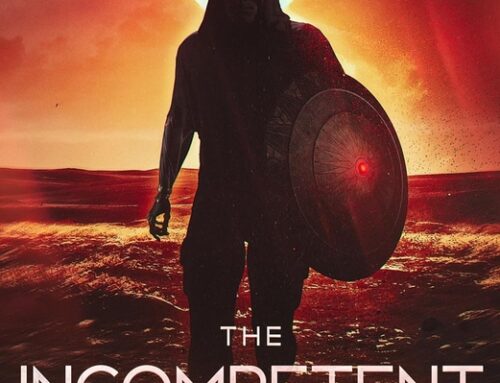



Leave A Comment